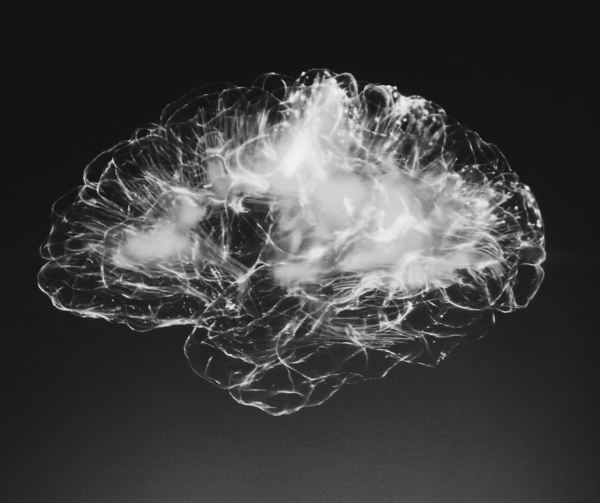
Have you heard of Interpersonal Neurobiology?
It is the emerging science of how the brain develops in response to our relationships. As mammals, we literally cannot survive without relationships.
And subsequently, the kinds of relationships we have have an incredibly powerful influence over who we are and how we go about our daily lives. Interpersonal Neurobiology has taken the psychology world by storm, but it has been slower to filter out into the general public. For me personally, a basic understanding of how our brains function has drastically changed the way I see human behavior, and it has made a lasting positive impact on my relationships. It is my intention to share this information with you in a way that feels applicable to your daily life – I hope to help you feel empowered! I begin this series with Brain Basics – an introduction to the structure of the human brain.
So let’s dive in. The first big thing to know is that the human brain begins to develop shortly after conception and grows rapidly in utero. Many people believe newborn babies are essentially a “blank slate”, this is not true. A newborn has had roughly nine months of brain development before they arrive on the scene. They are however, still incredibly underdeveloped when they are born and need significantly more help than many mammals need at and directly after birth.
Once they do arrive, a baby’s brain grows faster than you can imagine. Their brain will have grown to 80% of its full size by the time they are THREE years old. This means conception to age 3 is an intense and important time. It helps explain why babies this age are so challenging, so full of life, and need adults so badly.

Brain development begins with our most basic functions, and with time and energy the more complex functioning emerges. It begins with the foundation of the brain, the brainstem. The brainstem is responsible for all the things that happen in our bodies we don’t have to think about doing, like our heart beat, blood pressure, breathing, hunger…essentially, survival. It’s a mercy we don’t have to actively decide to take a breath every few seconds, otherwise we’d never have the energy to do anything else. So our brainstem learns to just do it, automatically.
The next area to develop is the midbrain – it builds on top of the brainstem.
The midbrain is in charge of movement – our ability to sit up, turn our heads, stand, run, dance, etc. This is why a newborn flails all over the place, and with time slowly begins to have some control over where their arms and legs go, until one day they can hold their head up, roll, sit, etc. It happens as a progression because their ability to do it is building in the brain each day.
Then, beyond the midbrain is the limbic system – the seat of emotion, memory, and importantly, relational bonding. This is where the concept of relationships develops. Our earliest experiences in utero and as infants teach us about emotions and relationships – even before we can remember it happening.
Lastly, the cortex and neocortex develop all wrapped around the brain as a final layer. Like a roof on a house. It has to happen last, and its strength is determined by everything underneath. The neocortex is the seat of all thoughts – both concrete and abstract. Our ability to solve math problems, read a book and understand its content, reflect on our past, or think about the future…that all depends on the development of the neocortex.
Here’s the most important piece of information about how the brain develops though…it develops based on experience. EVERYTHING you know how to do in your life you learned the same way you learned to ride a bike. You saw a bike, you touched a bike, you saw someone else ride a bike, you sat on a bike with help, and then you practiced and practiced until you could ride a bike yourself. And if you didn’t ride a bike for ten years, you’d have to practice all over again because you wouldn’t be as good as you were before. The same goes for how we walk, talk, think, and love – all of it is informed by our experiences.
We don’t have as much free will as we think, and we can’t just do something we’ve never done…or stop doing something we’ve always done.
Behavior isn’t that simple. We are built, moment by moment from the very beginning of our existence, into the people we are today.









